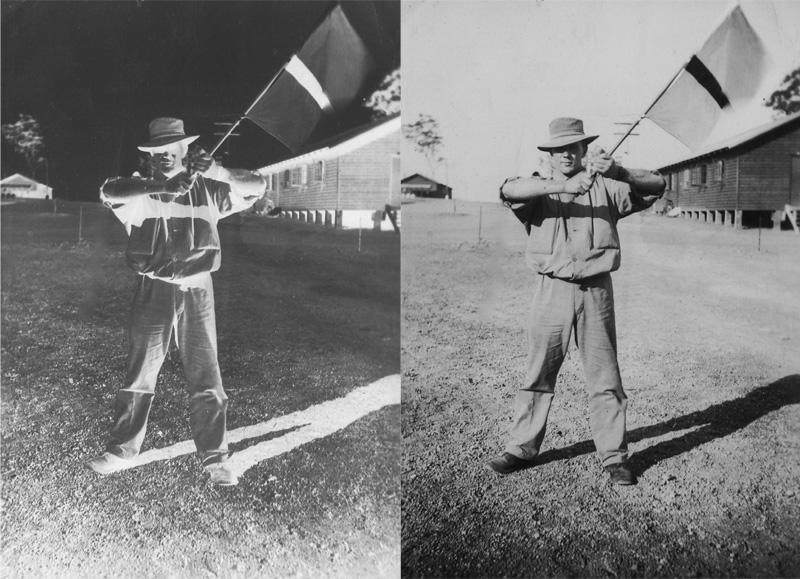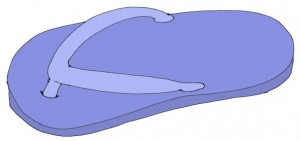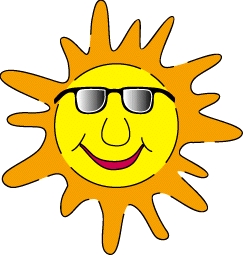This short post is in answer to a comment left by the Battalion Hawk Bloggers. For their original post and the comments...
Making the World a Better Place
Hello Battalion Hawk Bloggers,
When seeing world globe graphics they so often centre on more equatorial countries. I had decided to create world globe graphics from different perspectives (ways of looking). The first graphic I created was placing Canada at the top of the globe because I was writing an extended comment for you.
Photos
There are now over 38,000 photos in my iPhoto library's photo section with a few hundred more negatives to scan before I start scanning 35mm slides. During the process I have discovered long lost photos and negatives. It's part of a discovery of the past. At one time, I found an old tin and opened it. Inside were photos measuring only 3" x 2" (7.5cm x 5cm). The photos included family members as well as photos of people I couldn't identify. There were also negatives needing changing to positives.
Long Lost Memories?
Probably the best memories come when you find photos of relatives no longer with us...
This graphic should not be copied.
1. My maternal great grandmother, i.e. my mother's grandmother. The photo would have been taken around 1930.
2. My maternal great, great grandfather, i.e. my mother's mother's grandfather. This photo was probably taken around 1900.
3. My Maternal grandparents, i.e. my mother's parents. This is a photo from 1958.
4. May paternal grandparents, i.e. my father's parents. Probably taken about the same year as 3.
I never met my great grandmother or great, great grandfather. Photos therefore are a journey into history where we can meet people from the past.
Being Positive not Negative About Photos
Before we had digital cameras, we used film in cameras. Film was a roll of plastic coated with chemicals. It was inside a film container so light couldn't change the chemicals. When film was in a camera, you closed the camera to keep light out then wound the film to the first position (frame). When you pressed the camera button, a shutter would open and close. The moment of light would react with the chemicals and change them. You then wound to the next frame. When the film was used, you would rewind the film into its container and take it to a camera shop or process it yourself.
I know many of you may not know what negatives are. They were what appeared on plastic film when we took photos. Either through a camera shop, or your own equipment if you had it , you would open the film roll in a dark room and put the film in a chemical bath. This would make the film (negatives) safe to see in light. With the negatives now safe, it was time to make your photos. This was done by projecting the negative onto chemically treated paper. The light would change the chemicals on the photo paper. Another chemical bath, this time for the photo paper, made the photos safe to be in light. After the photos had dried, you could take your photos out of the darkened room to show to friends.
Below I have simulated two types of negatives and photos so you can see what they looked like. The first is a black and white photo from 1940 and shows the negative on the left and positive on the right. Do you notice they are opposite? Dark on the negative becomes light on the positive.
Schools and students have permission to use this graphic for non-commercial, educational purposes.
Now look at this next pair. The top shows how a colour negative would look while the bottom would be the print.
Do you notice blue on the negative becomes yellow on the positive?
Can you see what colour red on the photo looks like when you look at the negative?
Schools and students have permission to use this graphic for non-commercial, educational purposes.
Nuevo Sol, the Peruvian Currency
Knowing some words in Spanish may have helped me know this meant "New Sun" but it didn't help me know why their currency was thus named. I did a little research.
Before the Nuevo Sol was introduced, the Peruvian currency up to 1985 was the Inti but inflation became very, very bad in Peru. Just by chance, amongst the few international currency notes in my small collection is a Peruvian 100 Inti note, the money before the Nuevo Sol. Here is a scan of both sides of the old note.
As this is no longer legal tender, it should be acceptable for schools and students to use this graphic for non-commercial, educational purposes.
The government replaced the Inti (Sol) with the Nuevo Sol. The exchange rate was 1 Nuevo Sol = 1,000,000 Inti so this means you would have needed 10,000 of these notes just to get 1 Nuevo Sol. This note was practically worthless.
I checked and found Inti was the name of the Inca's sun god so Nuevo Sol is a good name as, in a way, it means New Inti. Here is the link with the information I used...
Peruvian Nuevo Sol
With Nuevo Sol not worth as much in Canadian dollar, you would expect prices to appear higher but, in real terms, the prices probably aren't that different when you consider you have more Nuevo Sol. Converting Canadian dollars to Nuevo Sol, you might find some items cheaper in Peru because people are, on average , not as well off as the average Canadian.
Just checking today's exchange rates, $1.00 Australian = $1.06 Canadian but when you look at the fees for exchanging Australian dollars to Canadian, our currencies are about the same.
Just an added thought, your $830.45 would have been worth about 2,099,970,000.00 Intis before the currency changed to Nuevo Sol. That is two billion, ninety-nine million, nine hundred and seventy thousand Intis. That would have meant just $1 Canadian would have been worth 2,528 713.35 Intis so if you had a dollar, you'd have been a multi-millionaire in Peru in 1985. Can you imagine the price for a can of soda? Life would have been very hard for the Peruvian people. Savings would have become worthless. I think I would rather have Nuevo Sol.
Quotes and Being Quoted
If I use something said or written by another, I always try to add a credit for the writer after a quote. It's only fair. Unless you see credits for a quote in my posts, they would normally be my words but I know some people can pretend they first used a quote. When we use the words of others and pretend they're ours, it's called plagiarism.
On December 7 last year I wrote an extended comment when you discussed the marvellous book, “If the World Were a Village”. After sharing my ideas and reading your wonderful comments in that post, I wanted to sum up my thoughts on what had been discussed. At the end, I wrote...
One world, one village, one family… Together, hand in hand, we can achieve great things.
It can be a good skill to summarise information in brief sentences so others find it easier to remember.
Receiving the Parcel and Snail Mail
I thought I would finish off this comment with a picture rather than a sentence.
(I think the Battalion Hawk Bloggers might understand the blue words in the picture.)
Schools and students have permission to use this graphic for non-commercial, educational purposes.
























